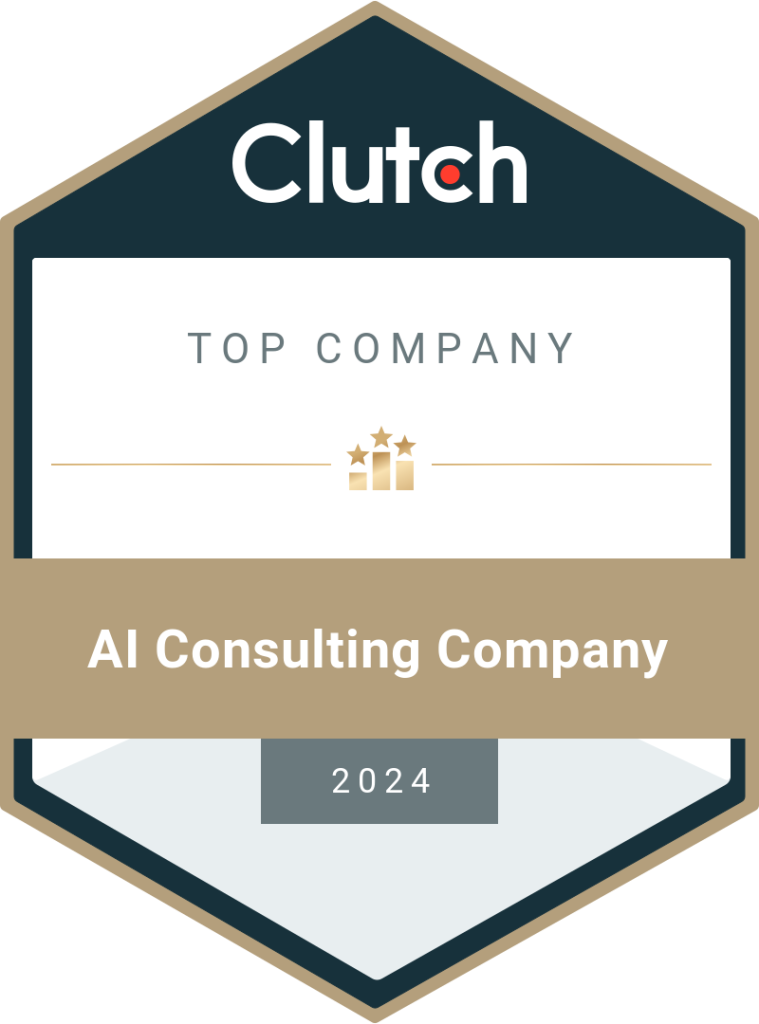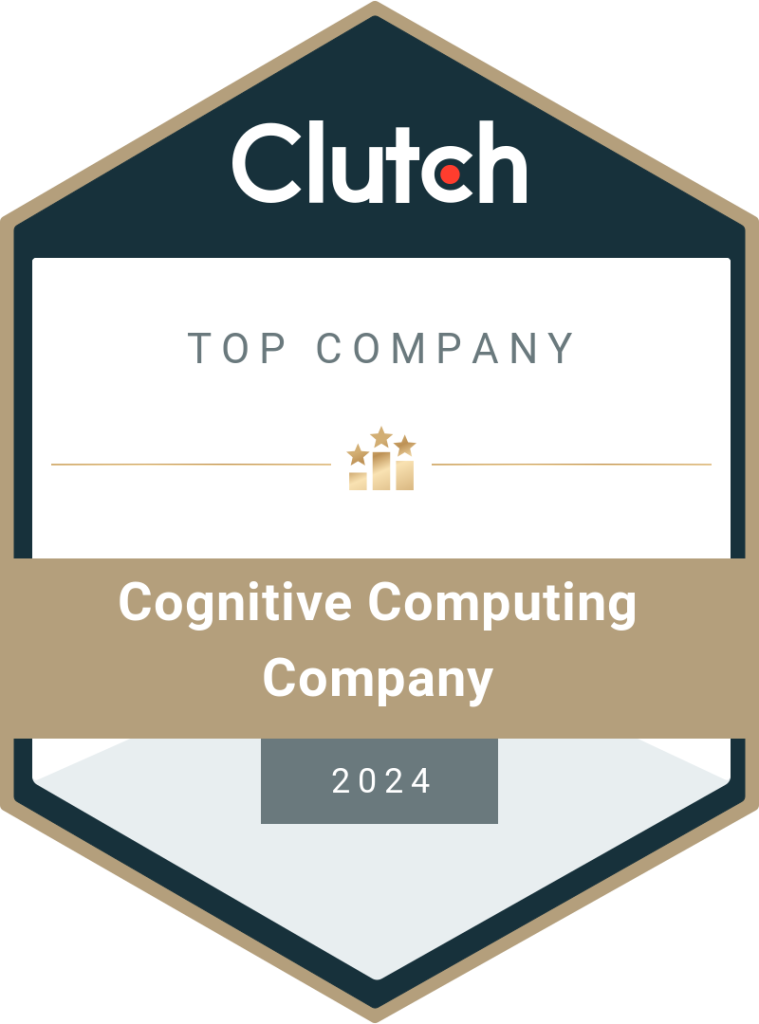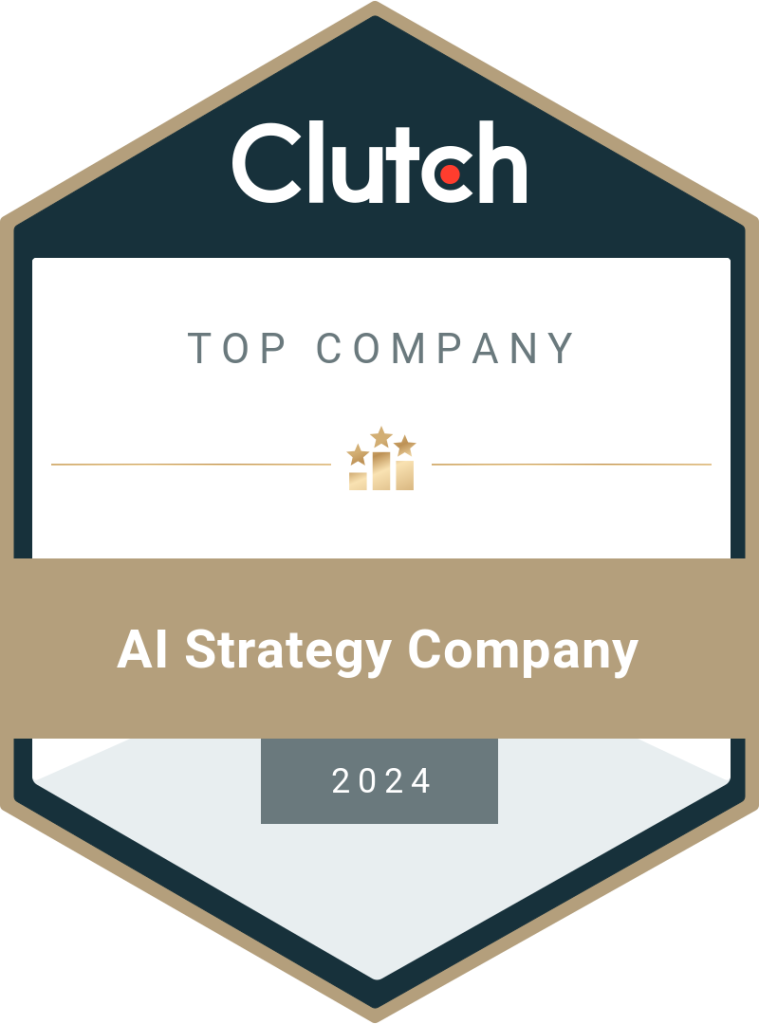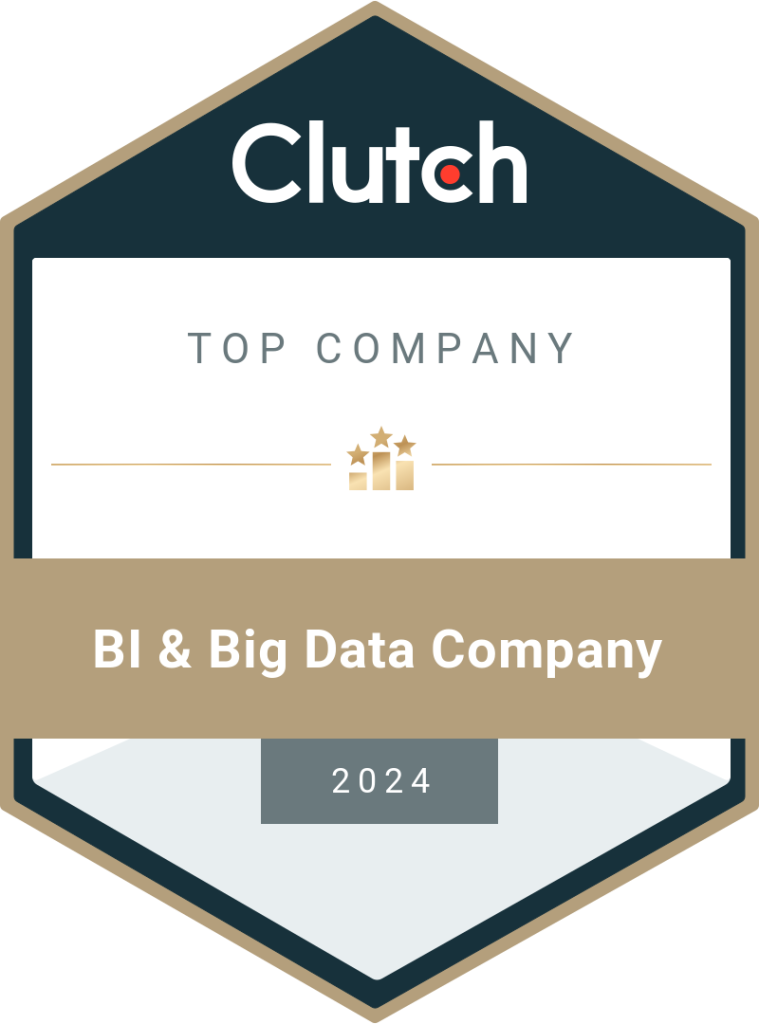Data integration is a much familiar term you might hear these days. It is the basis to build a data-driven business process in your enterprise. Furthermore, data integration helps you adopt new technologies, create successful business models, and make better decisions. However, data integration is neither easy nor simple. It comes with various challenges that can result in the opposite of what you want for the enterprise.
For data integration to be successful, you will need the right tools, strategies, and talent. These need to be aligned for the ultimate goal of taking your decision using a data-driven model/approach. You can take on the services of a data science consulting company to provide you with a comprehensive data integration plan. The aim is to overcome the data integration challenges using the expertise of the best industry professionals.
What is Data Integration?
We’ve already talked about data integration several times. But what exactly is data integration?
The process of consolidating data from distinct sources is known as data integration. This is the simplest of definitions. Data integration is the first step necessary to work on data analytics, reporting, and forecasting.
Data from all corners of the enterprise and across various online platforms is collected and stored in a central database. This is usually termed a data warehouse. You will need a warehouse that can hold a vast amount of information as you will keep adding more data every day.
Also, you need to see that data from each source will be in a different format. You are essentially dealing with raw and unstructured data that needs to be brought together for further processing.
A data integration example is collecting and processing data in the retail sector to manage inventory, supply chain, and customer satisfaction. The online and offline sales records are brought together to create a central database. This allows the management to decide how much inventory to hold, when to order more stock, and when to move the goods from the warehouse to the stores. It provides more control over business operations.
Two Main Types of Data Integration
Data integration is divided into the following-
Enterprise Data Integration:
EDI is the set of technological instructions that should be followed to manipulate data over more than two sets. It is the process of acquiring data from different business systems to help perform numerous business activities.
Customer Data Integration:
CDI is a part of the data integration solutions that deal with customer data. This data is used to identify leads, understand customer behavior, and provide personalized customer services.
Need for Data Integration
Data integration is necessary for a simple reason that SMEs need to know which decisions will work in their favor and which will backfire. Once a huge amount of data is collected, it is processed to derive meaningful insights. This process of converting raw data to useful and structured data is known as data mining.
With such an extensive quantity of data available, issues during data integration in data mining like data latency, duplication, etc., can put roadblocks in your progress. But these can be overcome with proper understanding and planning.
Before we look at the most common challenges of data integration and how they can be solved, let’s have a quick read about why data integration is needed for business organizations.
- Data integration reduces the complexity of data to allow accurate analysis
- It increases the value of data in the business systems
- It becomes easy for the employees to access the latest data from the central database
- Data integration improves communication and collaboration between teams
- It helps make better decisions based on predictive insights
- It helps enhance customer satisfaction
- Data integration can result in increased sales and profits
The Most Common Data Integration Challenges
1. Data is Not Available Where it Should Be
One of the most common business integration challenges is that data is not where it should be. When data is scattered throughout the enterprise, it gets hard to bring it all together in one place. The risk of missing a crucial part of data is always present. It could be hidden in secret files. An ex-employee could have saved data in a different location and left without informing the peers. Or it could be any other reason that results in the data being elsewhere.
It is suggested to use a data integration platform to gather and compile data in one place to overcome the problem of not finding data where expected. Asking developers to work on it is time-consuming, which leads to the next issue.
2. Data Collection Latency and Delays
In today’s world, data needs to be processed in real-time if you want to get accurate and meaningful insights. But if the developers manually complete the data integration steps, this is just not possible. It will lead to a delay in data collection. By the time developers collect data from last week, there will be this week’s left to deal with, and so on.
Automated data integration tools solve this problem effectively. These tools have been developed to collect data in real-time without letting enterprises waste their valuable resources in the process.
3. Wrong and Multiple Formats
Another of the common challenges of system integration is the multiple formats of data. The data saved by the finance department will be in a format that’s different from how and sales teams present their data. Comparing and combining unstructured data from different formats is neither effective nor useful.
An easy solution to this is to use data transformation tools. These tools analyze the formats of data and change them to a unified format before adding data to the central database. Some data integration and business analytics tools already have this as a built-in feature. This reduces the number of errors you will need to manually check and solve when collecting data.
4. Lack of Quality Data
We have an abundance of data. But how much of it is even worth processing? Is all of it useful for the business? What if you process wrong data and make decisions based on it? These are some challenges of integration that every organization faces when it starts data integration.
Using low-quality data can result in long-term losses for an enterprise. How can this issue be solved? There’s something called data quality management that lets you validate data much before it is added to the warehouse. This saves you from moving unwanted data from its actual location to the data warehouse. Your database will only house high-quality data that has been validated as genuine.
5. Numerous Duplicates in Data Pipeline
Duplicate data is something no business can avoid. But having duplicates in the data warehouse will lead to long-term problems that will impact your business decisions. Hiring data integration consulting services will help you eliminate data silos by creating a comprehensive communication channel between the departments.
When the employees share data across the departments, it will naturally reduce the need to create and save duplicate data. Standardizing validates data will also ensure that the employees know which data to consider. Investing in technology is vital. But ensuring transparency in the entire system is equally important.
6. Lack of Understanding of Available Data
What use is data if the employees don’t understand it or know what to do with it? Not every employee will have the same skills. That makes it hard for some of them to understand data. For example, the IT department would be proficient in discussing data using technical terms. The same cannot be said for employees from the finance or HR departments. They use different terms related to their fields of expertise.
The consulting companies that are into data integration service offerings help create a common vocabulary that can be used throughout the enterprise. It’s like a glossary shared with every employee to help them understand what a certain term or phrase means. This will reduce miscommunication and mistakes caused due to the wrong understanding of existing data.
7. Existing System Customizations
It’s most likely that your existing systems have already been customized to suit the specific business needs. Now, bringing more tools and software can complicate things if they are not compatible with each other. One of the data integration features you should invest in is the ability to provide multiple deployment options.
Whether it is on-premises or on the cloud platforms, whether it is linking with an existing system or building a new one to suit the data-driven model, data integration services can include ways to combine different systems and bring them together on the same platform.
8. No Proper Planning and Approach to Data Integration
Data integration is not something you decide and start implementing overnight. You will first need to understand your business processes, create an environment for employees to communicate and learn, and then start integrating data from different corners of the enterprise.
Lack of planning is one of the common data integration challenges in healthcare as data has to come from numerous sources that include a lot of third-party entities. Everyone involved in the process needs to know why data integration is taking place and how they can use the analytics to improve their efficiency and productivity. Transparency and communication will solve the problem.
9. The Number of Systems and Tools Used in the Enterprise
Most enterprises use multiple platforms based on the type of software the employees need. The same goes for systems and tools that are used in different departments. The marketing team relies on software that’s not used by the HR team. With so many systems to deal with, gathering data can be a complex task. It needs cooperation from every employee.
An easy way to collect data from multiple systems and tools is by using a pre-configured integration software that can work with almost any business setup. You don’t need to invest in different tools to extract data from numerous sources.
10. No Data Security
When anyone asks what all the challenges in data integration are, you will need to include data security or the lack of it in the list. How many businesses have been attacked by cybercriminals in recent times? Neither the industry giants nor small startups have been spared. Data leaks, data breaches, and data corruption can make the enterprise vulnerable to any kind of cyberattack. And it could be weeks and months before you recognize it.
Data integration services that offer end-to-end solutions will solve data security problems. They will enhance the security systems in the business. This ensures that only authorized employees can access the data warehouse to add, delete, or edit the information stored.
11. Extracting Valuable Insights from Data
A complaint several businesses make is that they are unable to extract valuable insights after data integration. How can data integration issues be avoided when there is no proper planning? There’s an effective solution that enterprises don’t consider before investing in data integration. What’s that? Planning.
We’ve mentioned this in our previous points. SMEs need to know what they want to achieve before investing in any system. Unless the long-term goals are clear, you cannot decide the right strategy to achieve the goals. You will need to choose analytical tools that can be integrated with the data warehouse. This will ensure a continuous cycle in organizations where data is collected, processed, analyzed, and reports are generated to help you improve your business.
Conclusion
Every new process comes with challenges and risks. Your success depends on how you approach the task. Taking the assistance of experts will help you handle data integration challenges and solutions effectively and efficiently. You can optimize resources, increase returns, and improve customer satisfaction by becoming a data-driven business.
Data integration enables you to invest in business intelligence and data visualization tools to empower employees to become more productive and deliver their best to achieve organizational goals. You can contact data analytics consulting companies for more tailored solutions.

Kavika is Head of Information Management at DataToBiz. She is responsible for identification, acquisition, distribution & organization of technical oversight.








